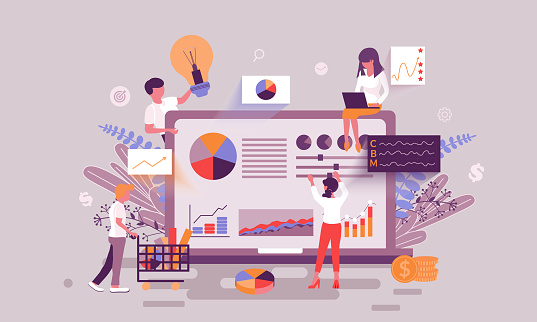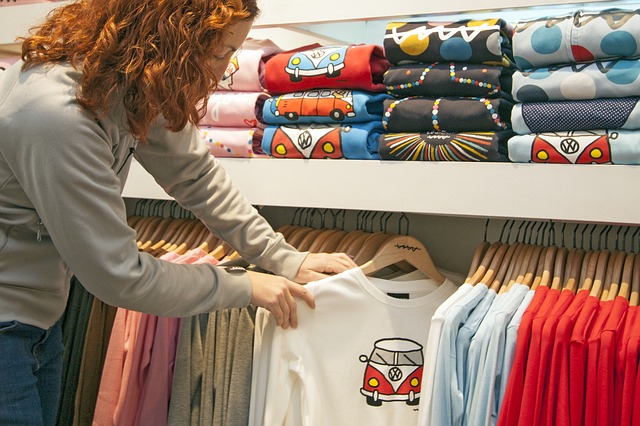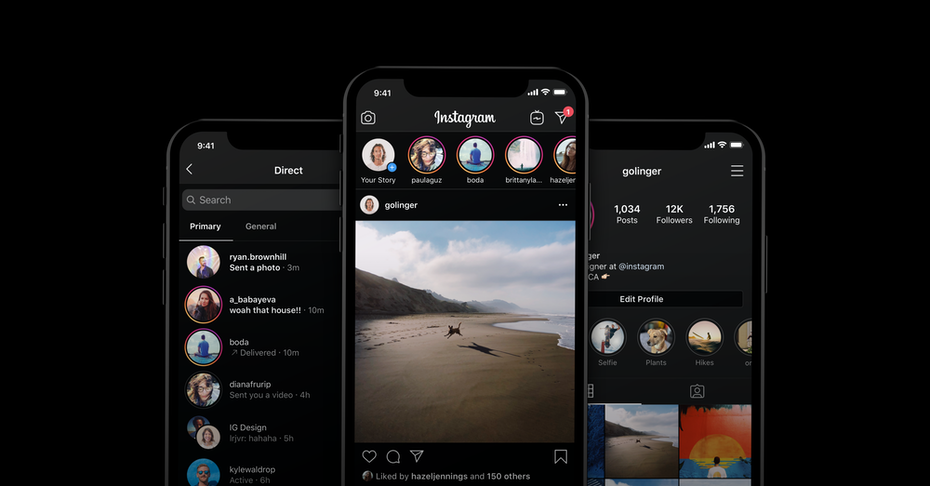“Nothing vast enters the life of mortals without a curse.”― Sophocles
The quote is perfectly applicable to this modern age of the internet. Staying connected has become as natural as breathing, and most of the services, whether it is catering or a business consultant are found online, through portals called websites.
What is Humane Design?
In the competitive digital world, the site needs to rank, then catch the visitor’s attention, hook the right kind of users with the right content, and then transform them into customers. And in this game of hook, line, and sink, the humane factors of design are often forgotten.
However, consumers today do not appreciate this kind of game. All the mass manipulation and control techniques through the site’s design and messages are getting old. And in this stifling online atmosphere where the control of things is not in the consumer’s hands anymore, humane user experience in the website design can be the real winner.
A Humane Design: The Real Customer-First Process
Humane design is not similar to the standard user experience design procedure used today.
The humane design does not treat the users as a way to make money. It is the kind of design that imbibes a sense of dignity and self-control within the whole site and enhances the overall quality of the experience.
Most services today treat the users only as a means to generate revenue and improve the bottom line. And those goals are always reflected within the customer experience of the website design. But users want to be treated as respected individuals, not as money-making machines. And the design that facilitates this wish is called humane web design.
The Challenges Of Going Humane
Understanding the matter of compassionate design and being able to implement it thoroughly on the website are two different things entirely.
And this is mainly because of the various challenges of creating such a user experience design on the site. Most of the time, the purposes of business do not align with the more intricate needs and questions of the customers. And that impacts the overall design or redesign process of a site that was meant to succeed.
Despite the number of challenges, three main roadblocks prevent sites from implementing a humane user experience design process on the website. Let us have a look at those challenges before moving onto the “how-to” part of this article.
A Sacrifice On Sustainability
Websites are virtual, they can’t cause any harm to our planet, right?
Actually, they can. According to this 2019 report the internet uses about 10{e68b7490c33b031e176c2bf33b49addad56d24bced82f0be9f22b910d6b7f66c} of the world’s electricity. Which, needless to say, is a lot.
The basic components of user experience design that are crucial to driving up engagement and conversion rates can be one of the many factors in this huge consumption of GHG producing energy. Whether it is the use of high-quality visual elements or content that solely intends on keeping the users on the site for a long time, the design of the site is capable of speeding up global warming.
And the non-humane part is- most sites do not adhere to the sustainability guidelines. In the race of ranking high and converting more, they take the most obvious way out, and that requires the sites to sacrifice on sustainability.
The Challenge With Individuality
When it comes to creating a humane design the differences between individual needs and requirements often become a bottleneck in the entire operation.
The site might be able to satisfy the basic requirements of the visitors. But what about those smaller and not so basic requirements?
These not-basic requirements can vary depending on the users. From the specific need of a darker background to the ability to select types of notifications sent, all of it needs to be satisfied. But the challenge lies in maintaining website usability while meeting the individual demands of the visitors.
Engagement Or Empowerment: A Battle Of Morals
The user experience design processes of today focus solely on engagement. Thousands of articles online discuss different ways of driving up the interaction levels of the site. But none of them talk about empowering the users.
User empowerment is a well-ignored subject in the world of design. An empowering site focuses on the value of the product in a user’s life, not on the kind of revenue it can generate. It assists the people to make the best of the site, without asking for extra fees at every corner of the journey.
The interaction level is the biggest metric used to measure the success of a site. And that’s why to rank high in this metric, most designers take the easy way and ignore the matter of empowerment entirely. But it is time for the digital world to pay this design component its due.
Creating A Design That Respects Its Users
A lot can be said about the challenges of implementing a humane design. Nevertheless, the biggest challenge among them is the lack of awareness about the paths that can transform the site experiences radically.

Thankfully, organizations like the Center for Humane Technology have been leading the movement on creating a more humane environment in the digital world right now. And as the discussion becomes more popular, there emerge some new and improved paths that can optimize the experience on the website without any issues.
So what are these paths? Here’s a list of some of them-
Hand Over The Control Button
The first path of transforming the user experience design on the site- give back the control to the users.
Many are aware, while many are not, but the choices made online are not controlled by the users anymore. It is controlled by various sites and portals providing a set of options to choose from, and they get to decide what choices are made by the audience.
Take the cookie option for instance-
Cookie requests on sites are majorly related to what kind of data the site can access from the users to improve the site performance. A lot of sites come with the option to decide which data the users want to share. But a lot of sites on the other hand simply inform the users about the fact that it will collect user data and that’s that. There’s no option to decide which data the site can collect.
Thus, to make the user experience design architecture really humane, the control must belong to the people. This way the challenges of providing different experiences to the individual visitors will be easily mitigated. The feature to alter font size and background can provide a better sense of customization than any algorithm can.
Embrace Sustainability
At this point, it’s not a matter of choice, rather a necessity.
The longer it takes for the users to find something on the site, the more time and energy is wasted. Additionally, design elements such as auto-playing videos, carousels, numerous HTTP requests causes the site to increase carbon emission. To eliminate all these nuisances, the site needs a simpler design.
Fortunately enough, it is simple to create a humane digital product design that helps with sustainability issues. Utilizing minimalist methods of design, opting for a green hosting solution as well as implementing a page size budget from the very beginning can help the organizations across the world to make the site more sustainable.
However, using the minimalist methods is not the be-all and end-all. If the site still contains the extra bells and whistles like un-optimized high-res images, auto-playing videos on the corner of the screens, then there’s no point in going minimalist.
So when it comes to sustainability, the bottom line is this- choose a user experience design process that is succinct, to-the-point, and lightweight. The visitors are not looking for flashy effects. What they want is a simple, pleasant, and to the point experience. And you can create that easily without embellishments.
Being Inclusive Means Being Humane
Being exclusive is healthy for the brand, but being inclusive is going to be essential if you want a humane experience on the website.
Regardless of differences among the consumers, the site needs to help every visitant equally. This balance, however, is not about providing everyone with the same features.
True equality on a site experience stems from control. We already discussed how giving the users back the controls will help to make the site humane. It will also help to control and optimize the journey on the site for each individual.
Following the various guidelines to enhance the customer experience in website design is not going to be enough. To be truly inclusive in designing the site, the designers have to be aware of different user dynamics and the mental models, social and diversity issues, and then create a design that promotes inclusivity on the website.
Additionally, double-check the content. Sometimes terms and phrases or images can hurt the sentiments of specific communities. Keeping the content more diverse and inclusive, and eliminating any detail that causes offence is one of the crucial parts of creating an inclusive UX.
Don’t Design With The Intent To Manipulate
Too many sites out there are applying user experience design methods thinking that it will drive up conversion when really, these are meant to manipulate the users.
Showing users the names of this and this who bought the new expansion pack on the service, or adding the fake “hurry, only a few left” message under the product will not create a positive and humane design experience on the site. It will damage the dignity of the site and compel the users to find another service provider that will provide the same service without the extra annoyances.
While taking an overall stock of the site’s experience design, examine each design element to see how it will make the users feel. And once that is done, alter the negative reaction inducing components into something more positive. Avoiding the use of sinister UX design practices in this situation will increase the impact of the site on the users.
Humane Experience On The Website: A Matter Of Compatibility
At the end of the day, a humane user experience design process is all about knowing the users. Aligning and giving similar importance to both the business purposes and the consumer requirements will be the first and foremost step towards integrating humane practices on the site.
And if the business model and user demands do not align, resulting in sacrifices on the site usability part, then recalibration becomes inevitable. Any aspect of the business that prevents the integration of humane digital products design and stifles the empowerment of the consumers should be changed immediately. To ensure the compatibility between the business purpose and humane design factors to create a respectable design for the site.





One thought on “Humane Experience Design: A Digital Need Of 2020”
Comments are closed.